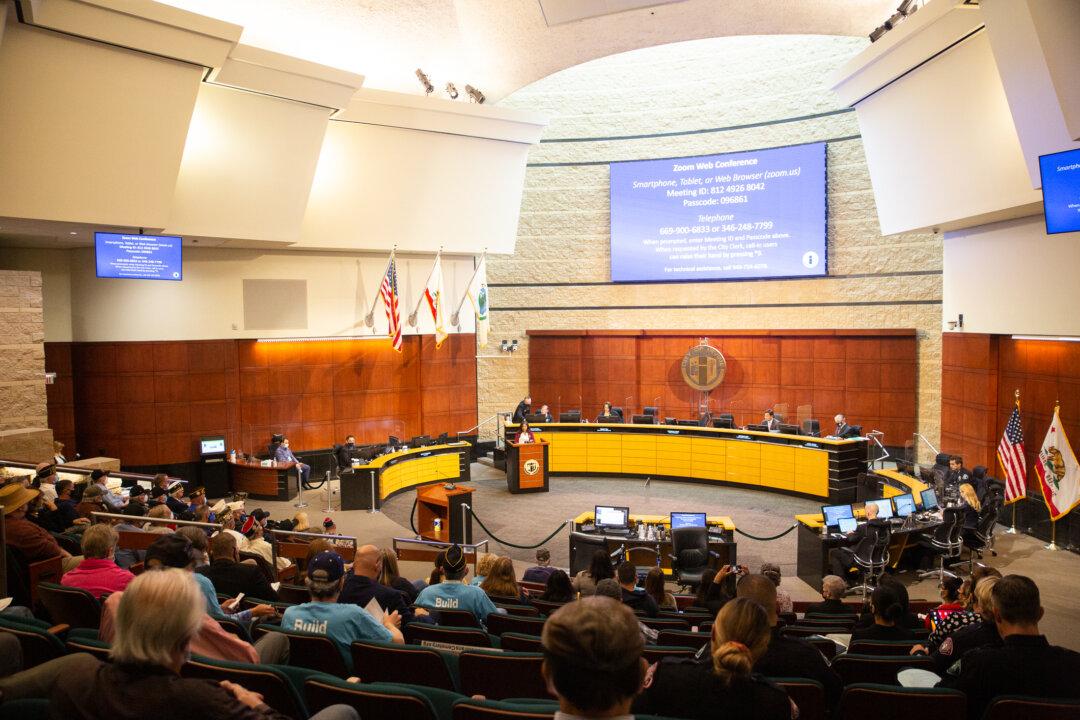After the Irvine City Council voted in early January to consider increasing its number of representatives and changing how voters elect councilors, a subcommittee formed to discuss the issues concluded its first meeting Feb. 7, by electing its chair and agendizing for its next meeting the possibility of the creation of an advisory board, with some members drawn from the public, to advise them on the issues.
Currently, all five of the city’s councilors are elected at large—by eligible city voters—and represent the whole city. Under consideration, however, is what’s called “district voting,” where the city would be divided into five districts, wherein voters in each would vote for one representative.





